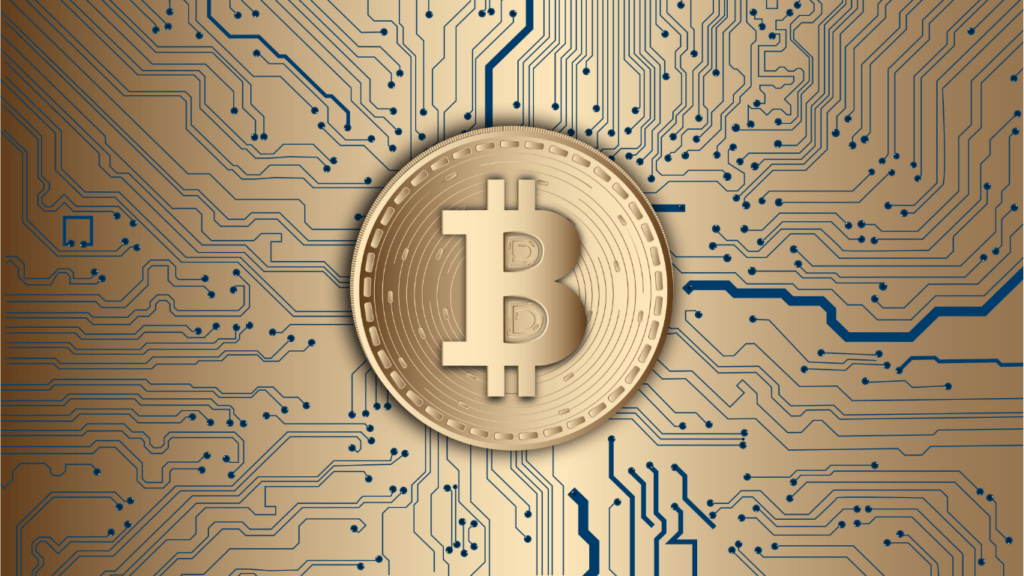Understanding Smart Contracts
Smart contracts play a critical role in the security and functionality of NFTs. These self-executing contracts have terms directly written into code, allowing for automated, transparent transactions and secure ownership.
What Are Smart Contracts?
Smart contracts are digital agreements embedded in blockchain technology. Unlike traditional contracts, they’re self-enforcing and operate without intermediaries.
They execute actions automatically when predefined conditions are met. Examples of these conditions include transferring ownership of an NFT when payment is received or releasing funds when a service is completed.
How Smart Contracts Work
Smart contracts use blockchain networks like Ethereum to function. Each contract consists of code that delineates terms and conditions, stored on and executed by the blockchain.
When a transaction meets the conditions coded in the smart contract, it triggers the execution of the contract’s terms. This ensures transparency and immutability, essential for maintaining trust.
For example, in an NFT purchase, the smart contract automatically verifies payment and transfers the digital asset to the buyer without needing a third party. This automation reduces risks of fraud and errors, ensuring secure and efficient transactions.
Linking Smart Contracts to NFTs
Smart contracts play an essential role in the ecosystem of Non-Fungible Tokens (NFTs). By combining NFTs with smart contracts, we ensure digital asset security and streamline transactions.
Basics of NFTs
NFTs represent unique digital assets stored on a blockchain. Unlike cryptocurrencies, which are fungible and interchangeable, each NFT has distinct metadata and ownership proof.
NFTs gain value from their uniqueness and digital scarcity, making them ideal for digital art, collectibles, and virtual real estate.
NFTs and Blockchain Technology
NFTs reside on blockchain networks like Ethereum, which provides a transparent and immutable ledger. This technology ensures that once an NFT is created, its data cannot be altered.
Blockchain supports secure transactions by recording every transfer and change in ownership, ensuring a trustworthy environment.
When integrating smart contracts, we enhance this security by automating processes and removing human errors and risks. This protects the integrity and value of NFTs, making them reliable assets in the digital space.
Enhancing Security Through Smart Contracts

Smart contracts significantly enhance NFT security by automating trust, ensuring transparency, and reducing fraud.
Prevention of Fraud and Theft
Smart contracts prevent fraud and theft by automating and verifying transactions on the blockchain. Once coded, they execute only if conditions are met, minimizing human error and manipulation
Each NFT linked to a smart contract has a unique identifier, making it impossible to duplicate or forge.
Authenticating Ownership and Provenance
Smart contracts authenticate ownership and provenance by recording every transaction on the blockchain. This creates a transparent and immutable history for each NFT, ensuring buyers confirm an asset’s authenticity and history before purchase.
Decentralized ledgers track ownership changes, providing fraud-proof evidence of provenance.
Challenges and Limitations
Smart contracts significantly bolster NFT security, but certain challenges and limitations exist.
Technical Challenges in Implementation
- Developing and deploying smart contracts entail technical complexities.
- Coding bugs pose a risk to security; flaws in the contract can lead to vulnerabilities.
- The DAO hack of 2016 exploited a bug, resulting in the loss of $60 million. Such incidents highlight the necessity for rigorous testing and code audits.
- Interoperability also presents challenges. Different blockchain platforms may not seamlessly interact, limiting the widespread adoption of smart contracts. This fragmentation can hinder the consistent application of security protocols across various NFT marketplaces.
- Scalability remains an issue. As blockchain networks grow, transaction speeds can slow, and costs can increase. This can affect the efficiency of smart contracts, especially during high traffic periods.
Legal and Regulatory Challenges
Legal and regulatory challenges complicate the implementation of smart contracts. Different jurisdictions may have varying laws regarding digital assets, creating a complex landscape for global transactions. For example, the legal recognition of smart contracts varies significantly between the US, EU, and Asia.
Enforcing smart contracts in a court of law can also be problematic. While they are self-executing, disputes can arise regarding terms and conditions. Traditional legal systems may not be equipped to handle such technical specifics.
Intellectual property rights pose another legal challenge. Ensuring that the creator’s rights are fully protected while using smart contracts requires clear, enforceable terms, which may not be straightforward to implement.
Incorporating smart contracts introduces risk and complexity in NFT transactions, requiring careful consideration of technical and legal challenges.






